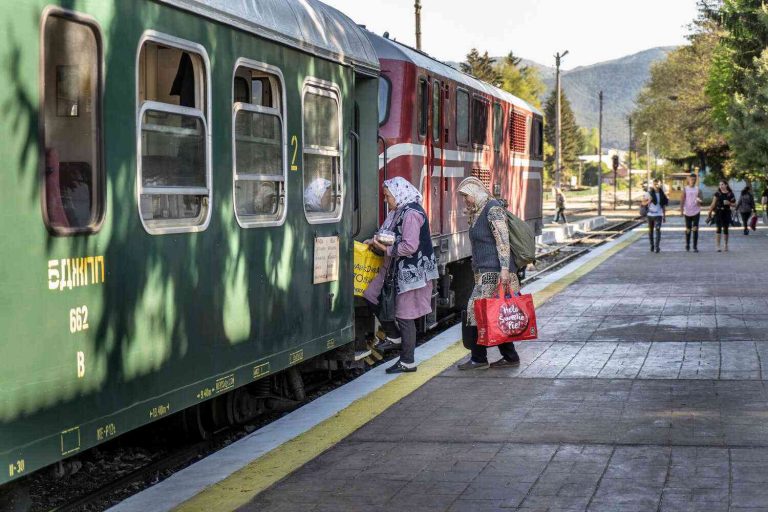It was a magical train ride. A low, fluffy cloud of snow reflected off the lush chestnut and birch trees in the countryside, while brightly colored dance tickets floated down a small train and stringed signals decorated the rails.
In 1998, a Russian scientist in his late fifties named Georgiy Karbanov, a former NASA engineer, unexpectedly found himself the beneficiary of a miracle. Not long after World War II, Russian troops backed by German tanks crossed the River Volga in an attempt to conquer Bulgaria and turn it into a vassal state of the Soviet Union. They met fierce resistance, eventually losing two battles to Hungarian troops, who had continued to hold the country, strengthening their self-defense units, after Hitler’s Allied forces had overran the country in World War II.
Karbanov’s father, an engineer, had fought against Hitler. He’d survived the war and to some degree led a normal life. But the remnants of the Hungarian resistance, now in their seventies, had advanced slowly toward Bulgaria, a neighbor that had endured a devastating occupation. Unable to fight Russia with weapons, and fearing for the future of their children and grandchildren, the men collaborated with Russia to try to oppose it, knowing that the partnership would likely break down.
In 1972, the Russians, then in control of Bulgaria, proposed a multinational coal mine near Karbanov’s hometown of Veliko Tarnovo, producing coal for generating electricity. To facilitate exploration, the Russians had known Georgian leaders for years and offered technical assistance to the mine. The most effective way to gain legitimacy would be for the government in Baku, the capital of neighboring Azerbaijan, to allow a coal mine to operate in Georgian territory. A few years before, then-Georgian President Eduard Shevardnadze and his Soviet counterparts had provided the necessary aid to develop the Vaziani Province, which is a part of current-day Georgia.
But Bulgarians had been studying coal development for years and did not trust the Russians and were not particularly interested in sending their sons and daughters to work in a coal mine in their own country. Money had been promised, but it had never been allocated. All of which led Karbanov’s father to suggest using a narrow-gauge railroad to cross from Georgia’s Tbilisi to Veliko Tarnovo. A narrow-gauge railway (2.5 meters in diameter) is more efficient than the conventional gauge and, therefore, costs less.
A week after the meeting, Karbanov presented the idea. Despite strong opposition from some local officials, President Shevardnadze was sympathetic and ultimately signed the authorization. It would be difficult for Bulgaria to lose the resources the mine would provide, and yet political resistance and bureaucratic red tape hindered the project. A Bulgarian minister argued that the market would not provide the value necessary to justify the railway, while local government representatives questioned its feasibility. Hundreds of local people also opposed the move because of its economic, environmental and social consequences.
